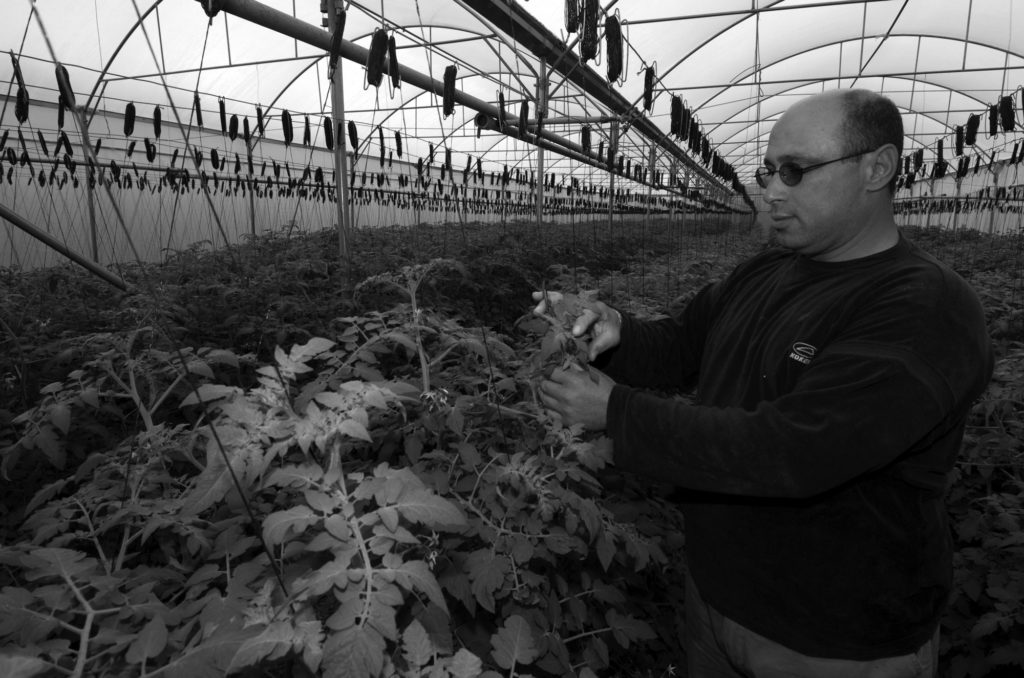Jan, 2011
Samiha Shayib (Im Kamil) dressed up to meet her Anera visitors to express her thanks for a milking machine.
Clutching an evening purse, she led the way into the barn, gesturing with pride to her two cows. When, asked what she liked best about the milking machine, she smiled “I like it because it makes my husband happy.” Abu Kamil, 75, nodded in agreement as she explained that her husband’s hands were too stiff to milk cows like he used to.
Im Kamil, 61, says she has arthritis in her hip and the milking machine makes milking a lot easier. Plus, she adds that the machine extracts four kilos more milk each day than they can get from manual milking. Most of the milk she makes into yogurt and sells to her neighbors as well as in a store or two. She estimates that she sells about $100 of yogurt per week. After the cost of feed is deducted she can net about $30. With 9 of her 10 kids grown, she says it’s enough to live on for her and Abu Kamil.
Anera, in partnership with the Lebanese NGO, Association for the Development of Rural Capabilities, has funded milking machines and training in animal health and milk hygiene for 20 farmers in the Nabatieh region of southern Lebanon. The region’s agriculture industry has suffered from years of unstable conditions, high production costs and lack of access to exportation markets.
Im Kamil says her two cows will both calve soon, which will bring additional income. She is thinking of selling the male calf after it’s weaned in two months and keeping a female calf to raise to be another milk cow.
What does this grandmother of nearly 50 grandkids wish for? A small diesel generator to provide a dependable supply of electricity at milking time. So far, she can only use the milking machine when the electricity chances to be on at 6am or 4pm. Other farmers have expressed the same frustration.
She may well have her dream come true: power generation should be a focus of the project’s next phase.

